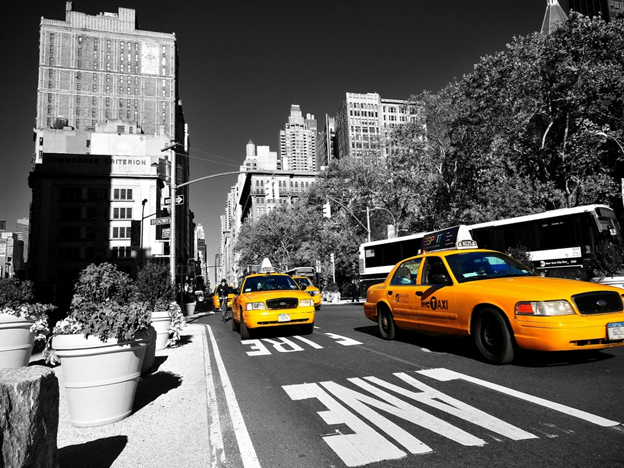The Economics Of A Medallion Taxi System
June 21, 2012 in Daily Bulletin

The Taxi services of many major cities operate on a medallion system. Jeff Horwitz and Chris Cumming explored the (mostly negative) consequences of this in New York City:
- The medallions were first issued in the 1960s and their supply hasn’t increased by much. In fact, New York even went 60 years without issuing a new one.
- When the medallions were first issued they were worth 150 inflation adjusted dollars. Today buying one can cost as much as $1 million.
- Cab drivers start off their 12 hour shifts owing, on average, $130. This explains the bad service – they race around and refuse to go to far off locations because they have to work long hours just to break even.
- Cab fares have risen but the income of taxi drivers has fallen because of increasing medallion costs and fuel costs.
- The medallion owners have lobbied to end initiatives that could increase the number of cabs on the streets – including a plan to shift to hybrid taxis.
To read many more details, including how the medallion system fares in other cities, what the finance office in Washington DC had to say about implementing such a system in Washington, what the Mayor of New York has to say about it, the history of taxi drivers, the number of medallions in NYC, why taxis are cash cows, what the average pay for a cab driver is, how the medallion owners lobby to get a cut off fare hikes, and why this inertia is inherent to the medallion system, click here.
Source: Slate
Join the Discussion! (No Signup Required)